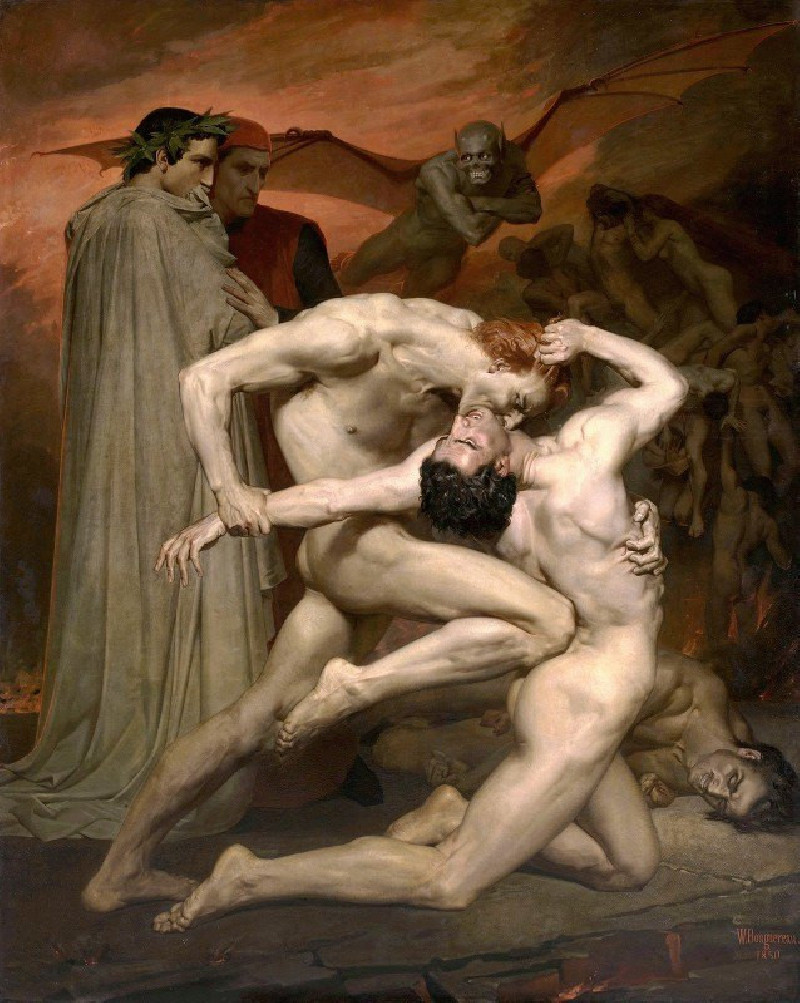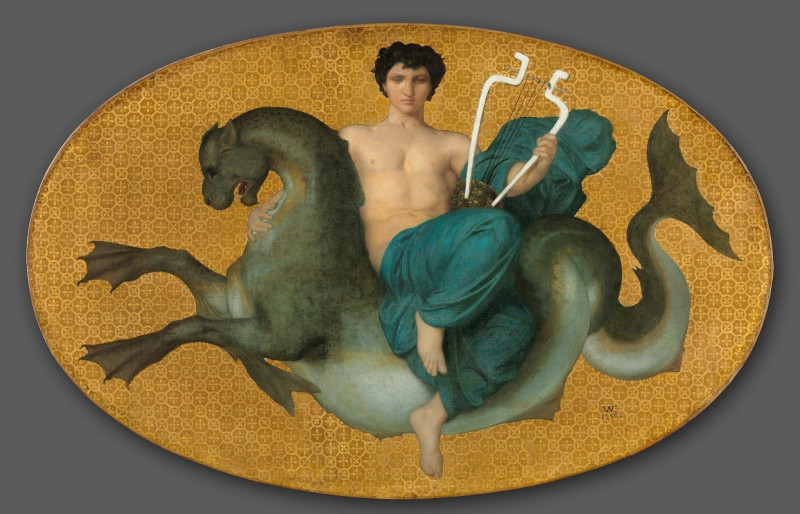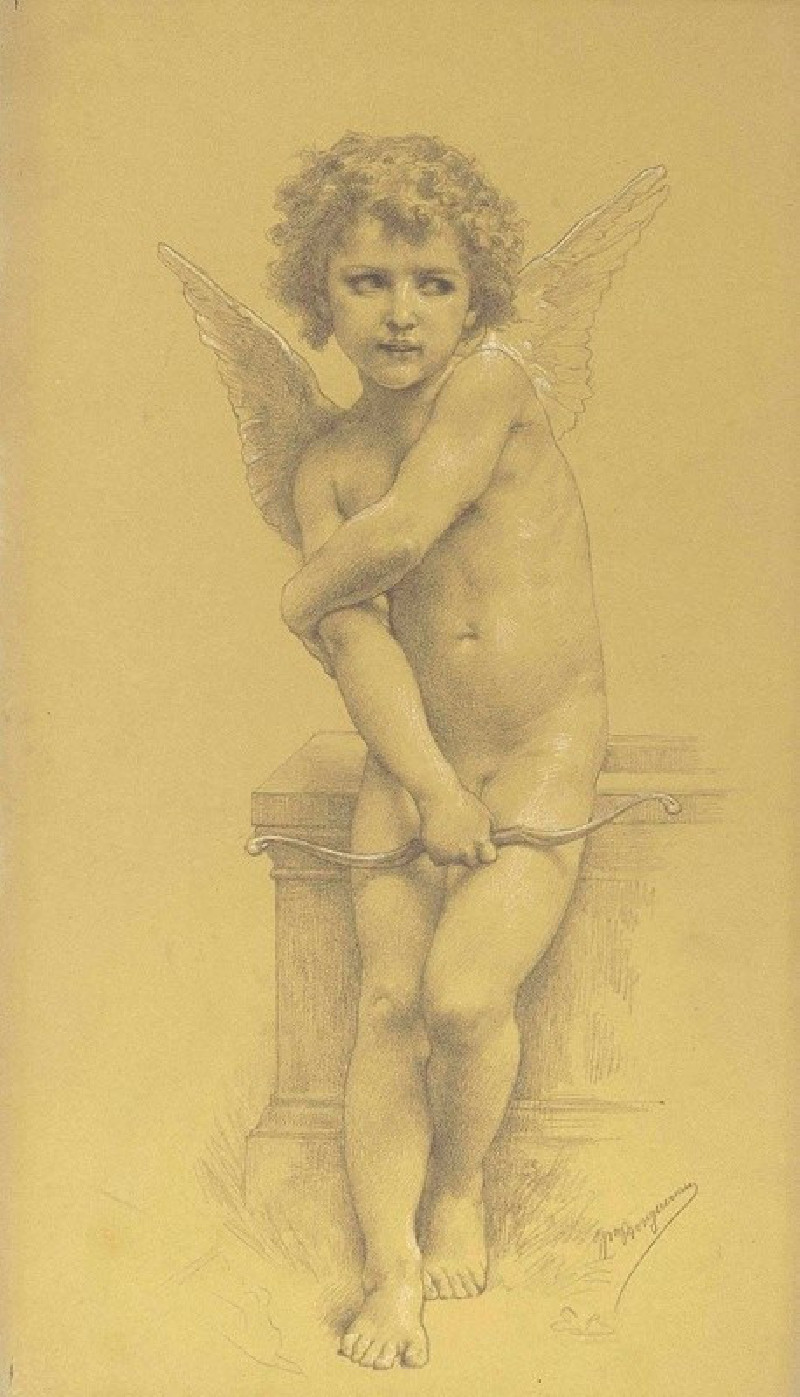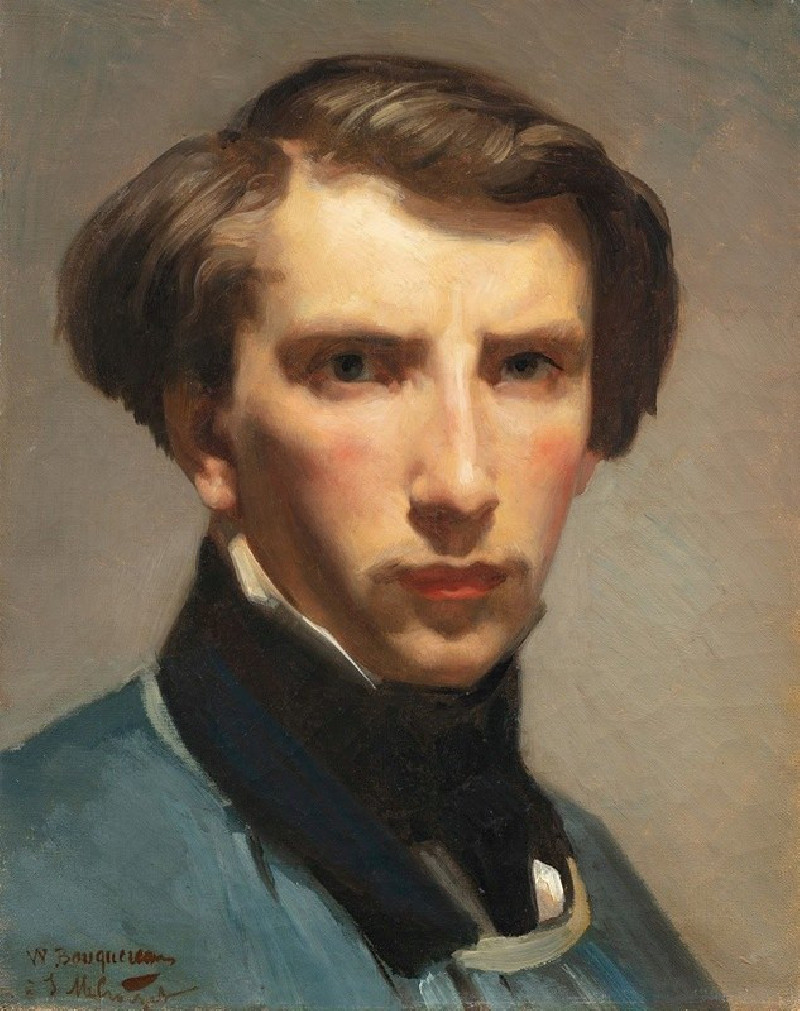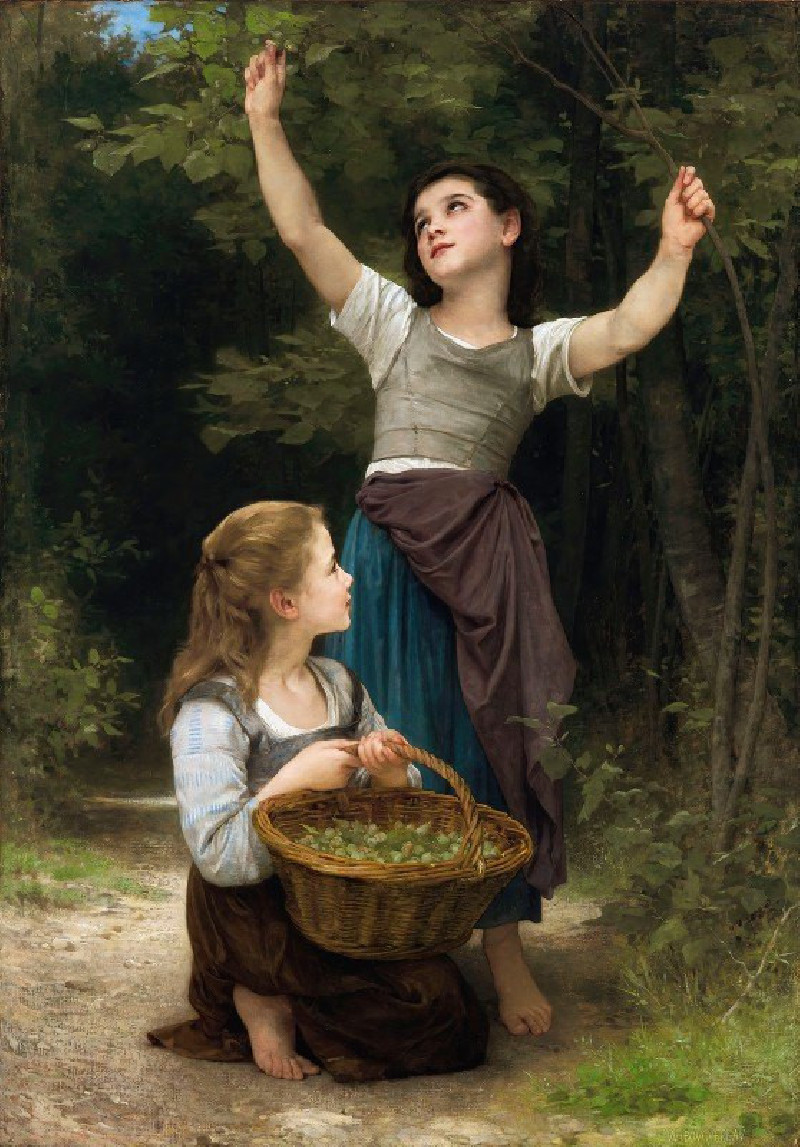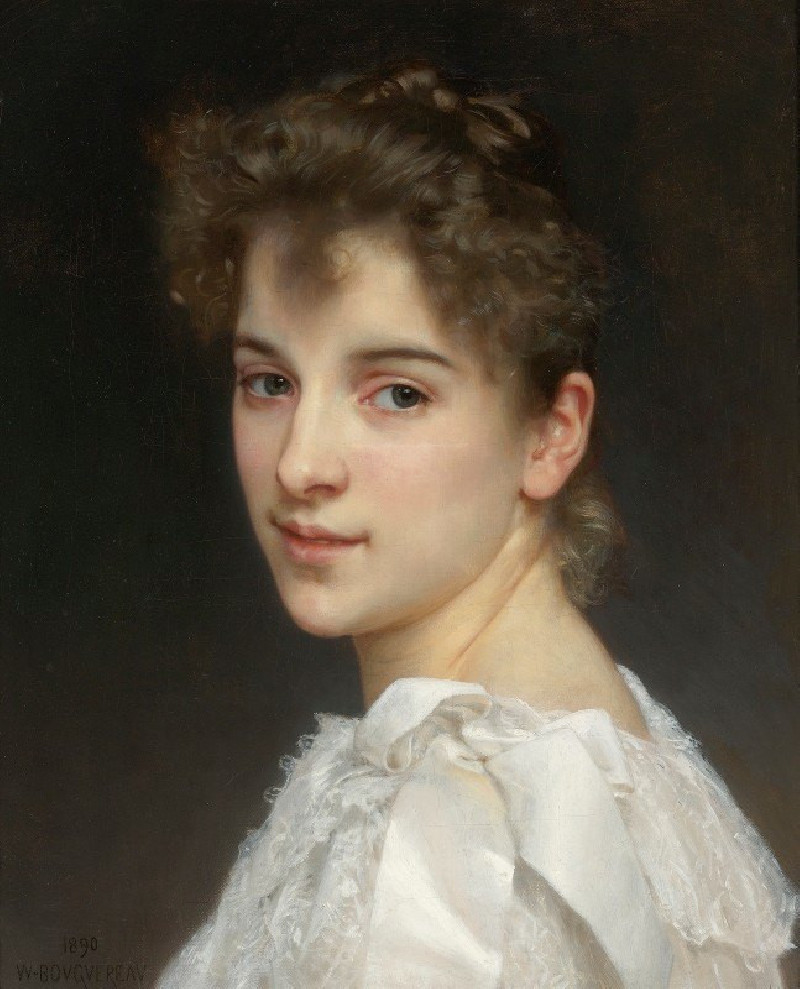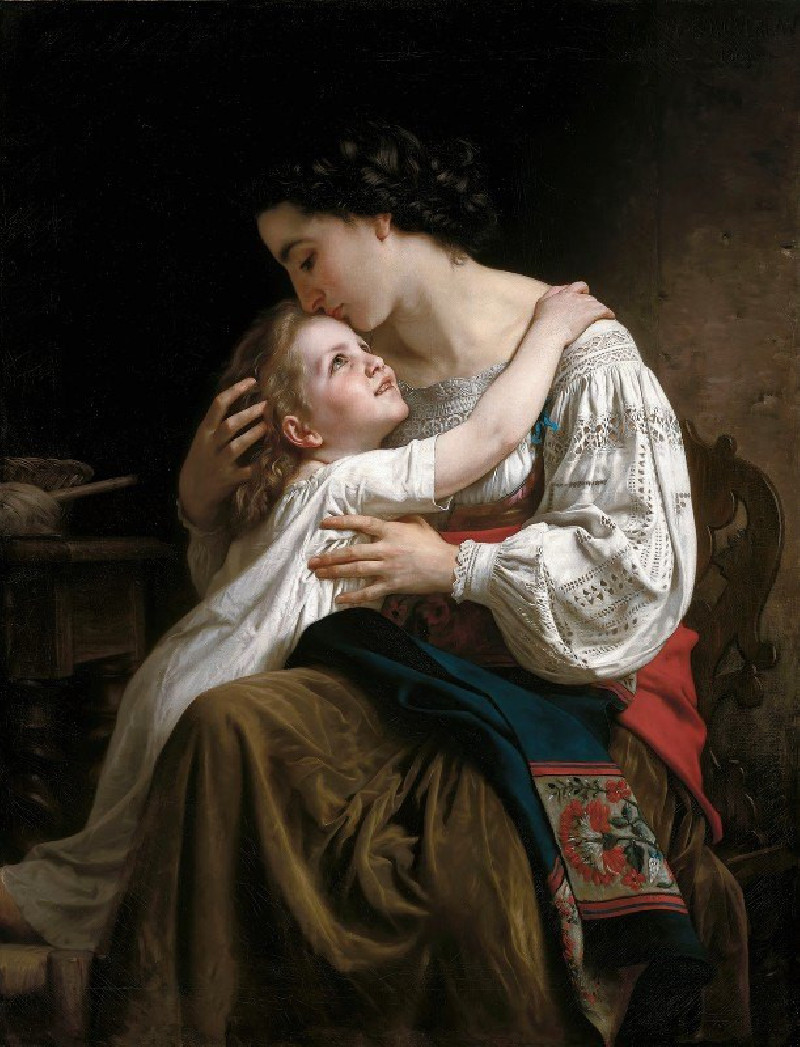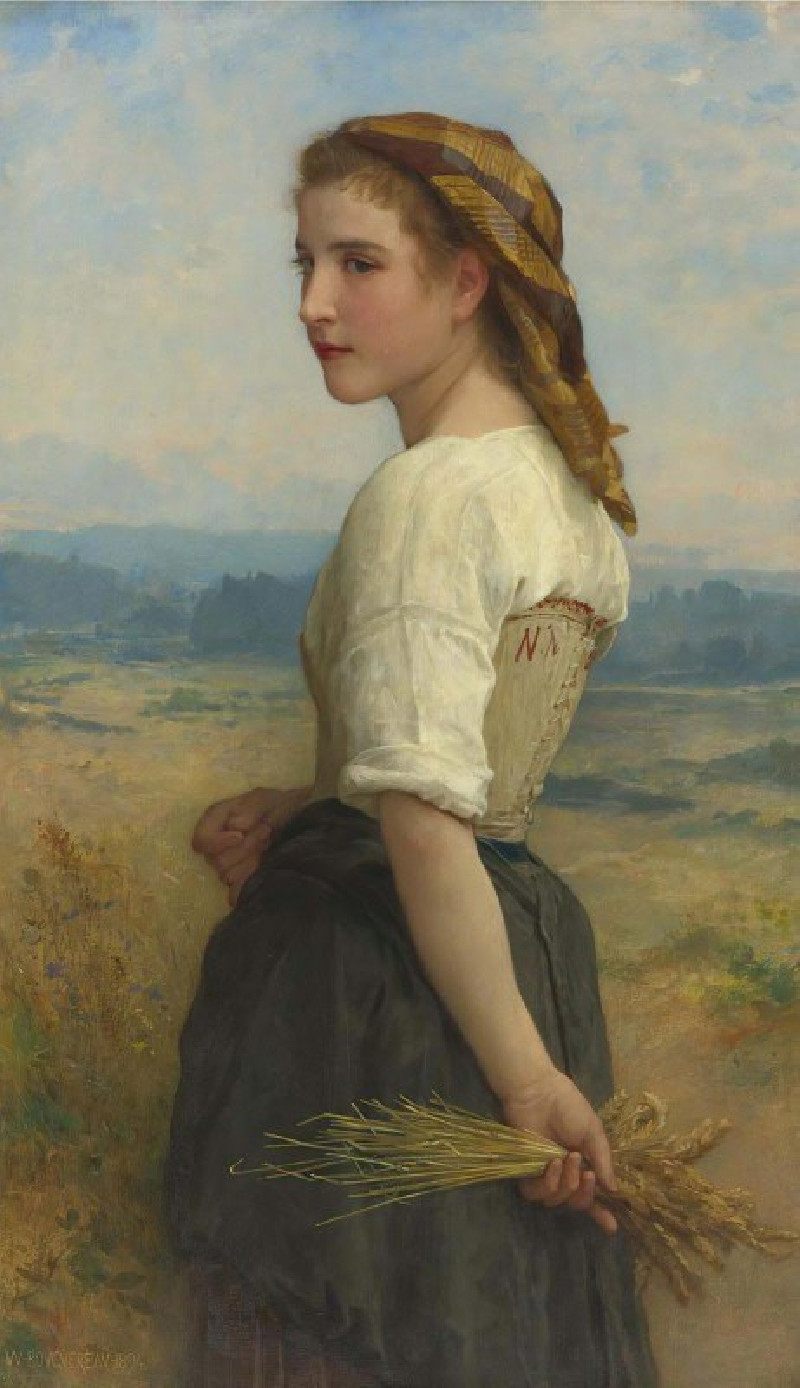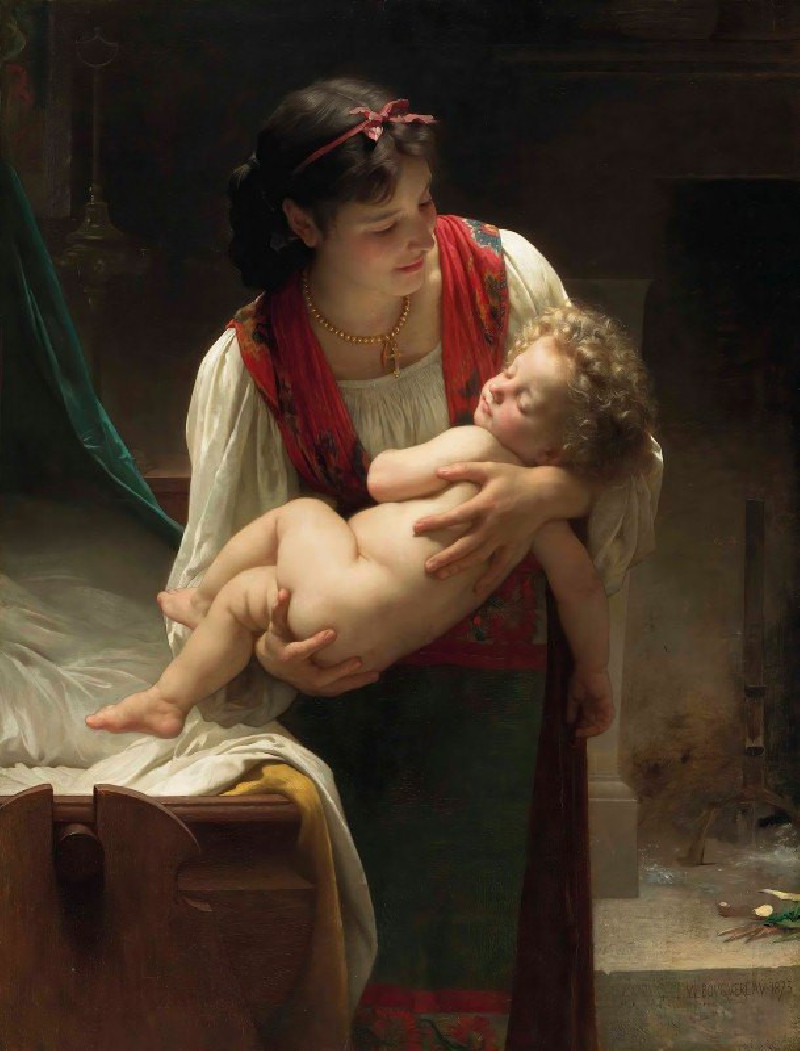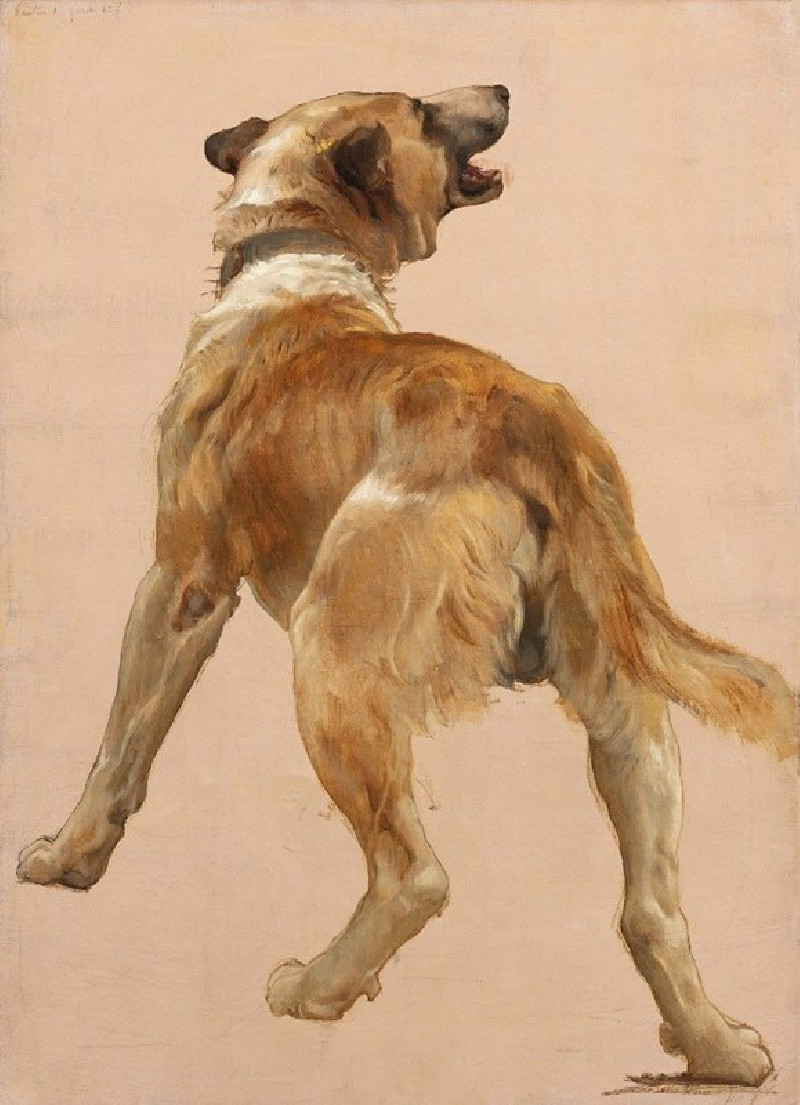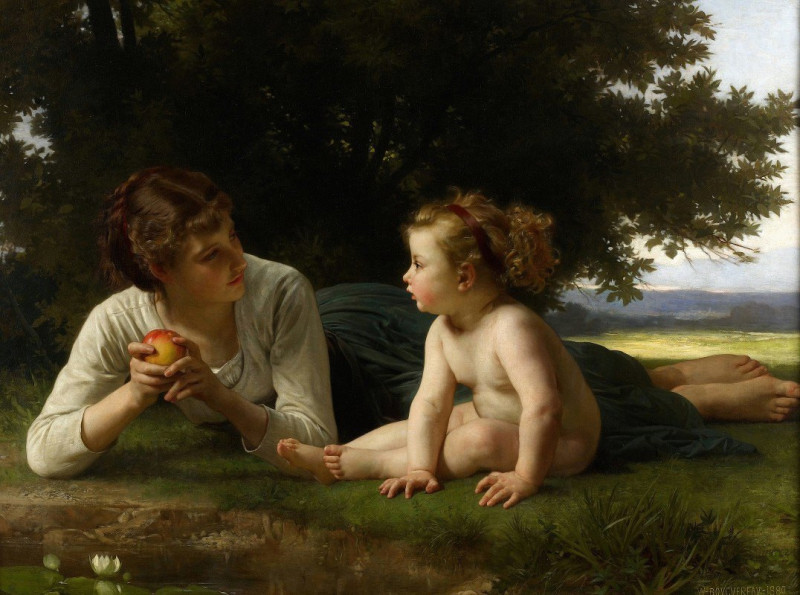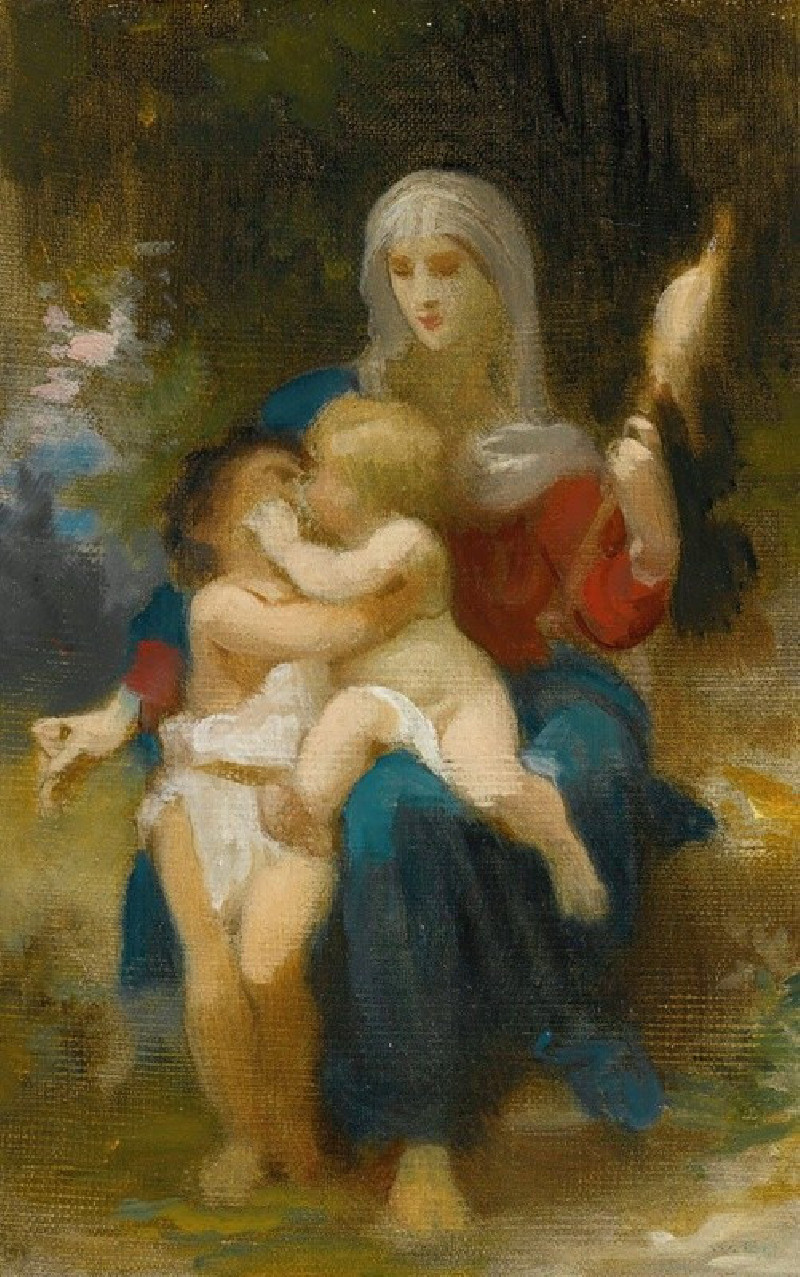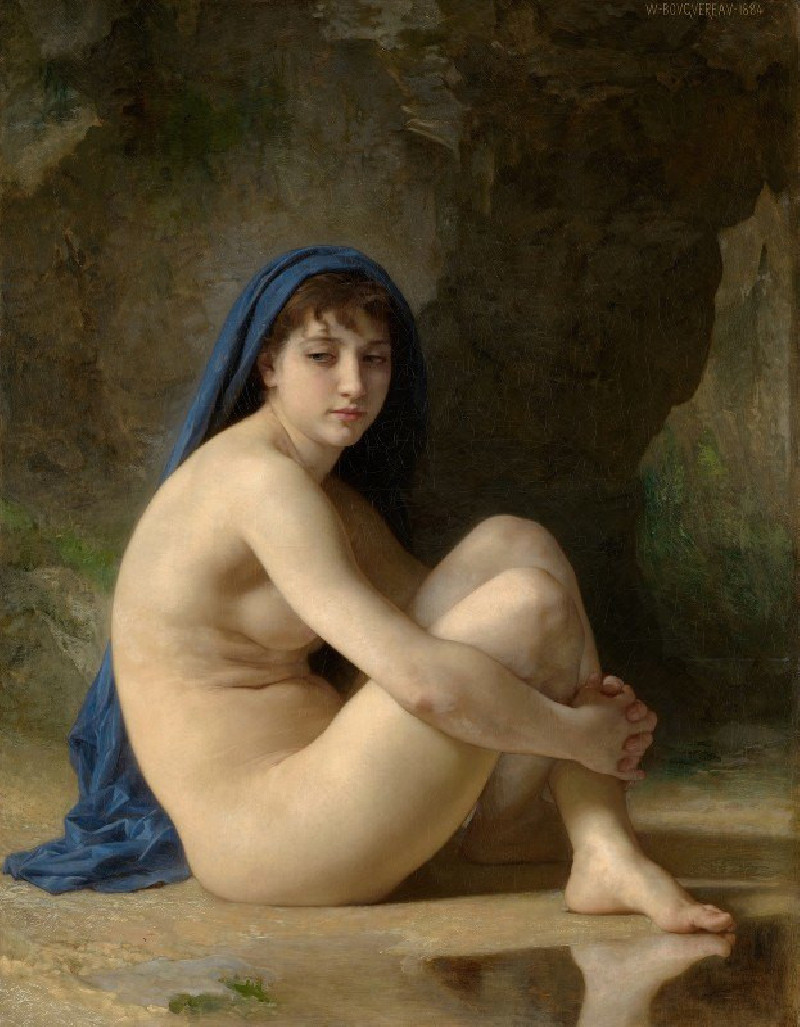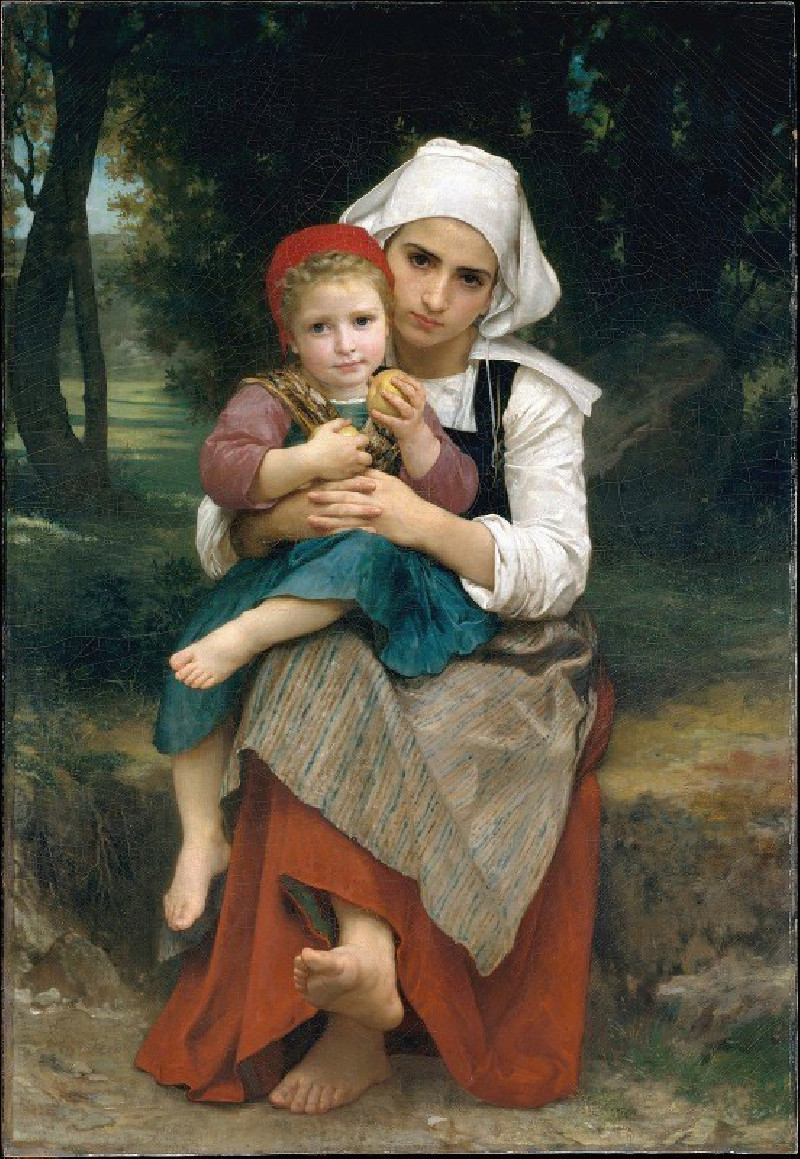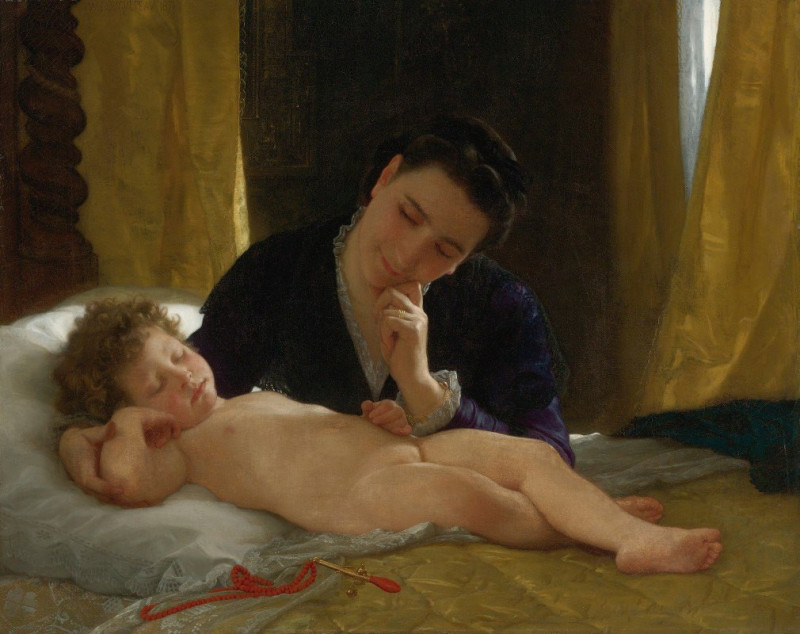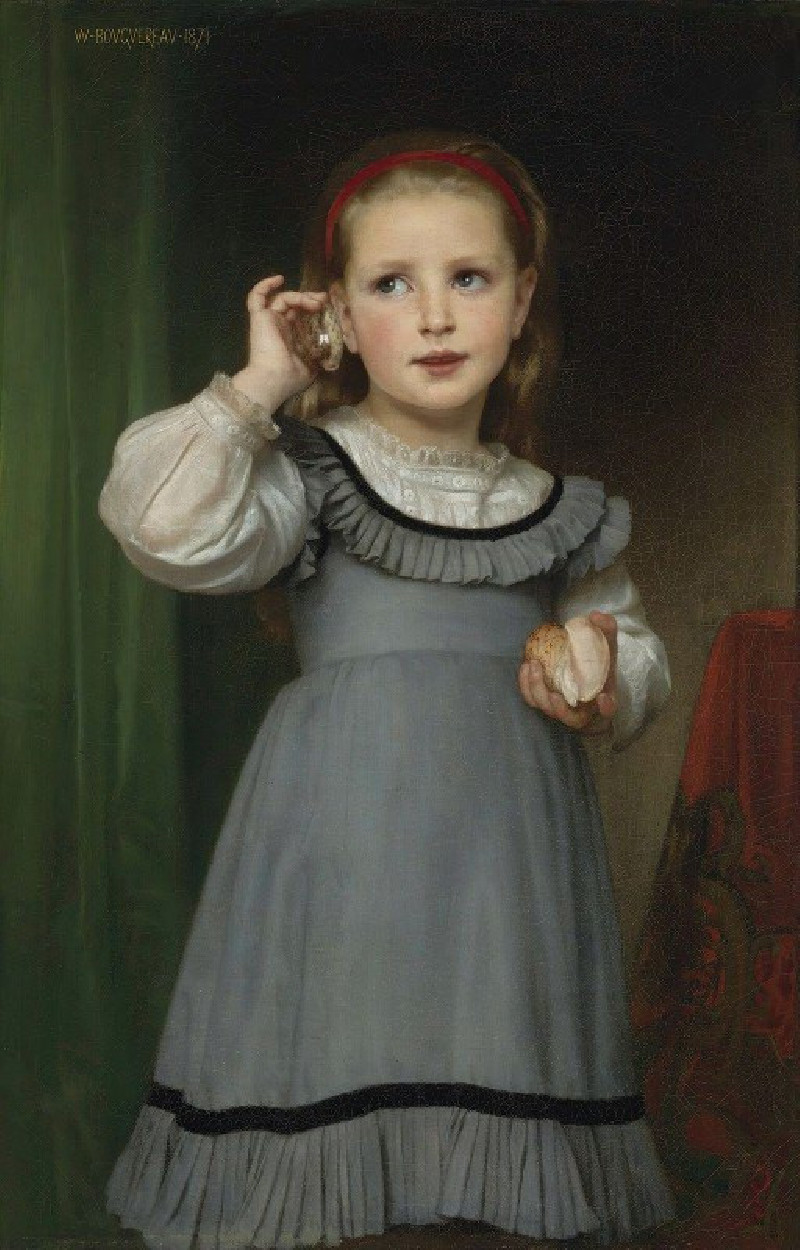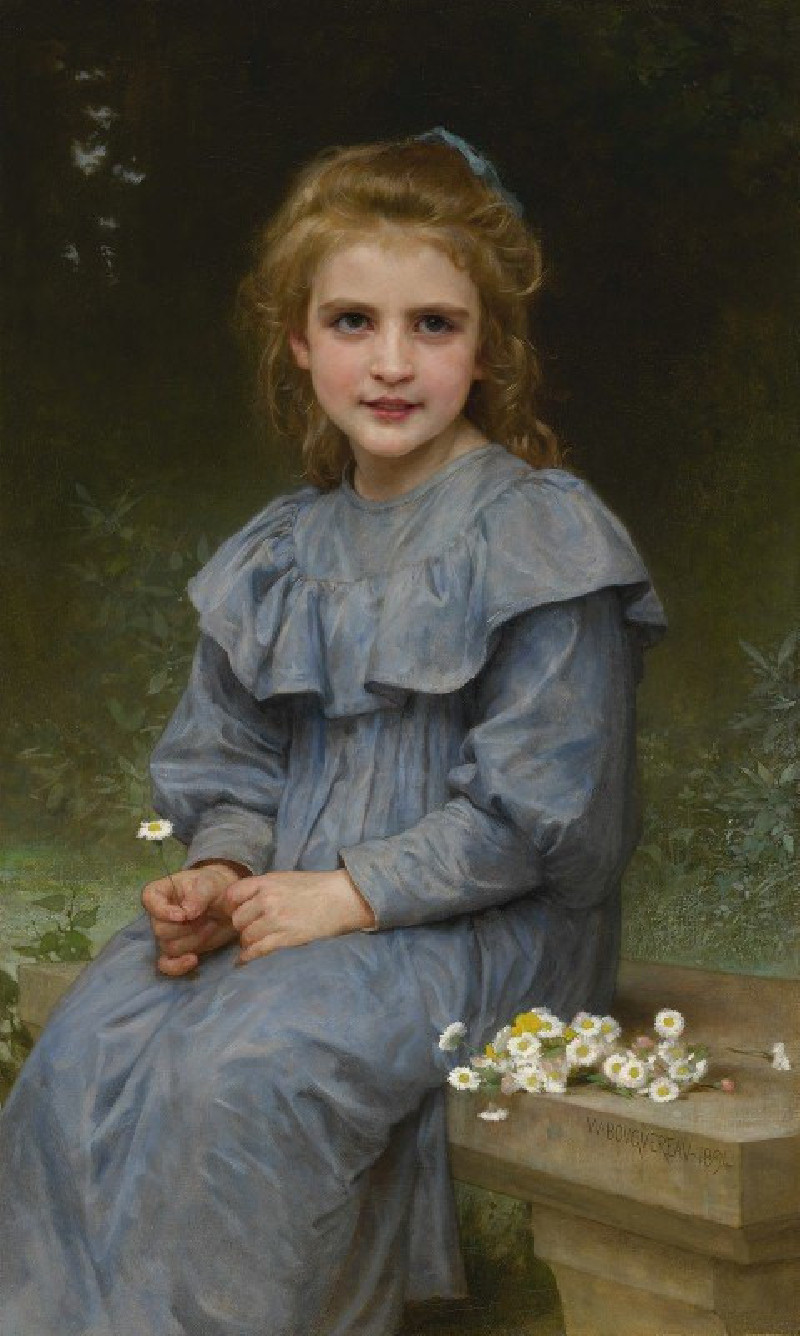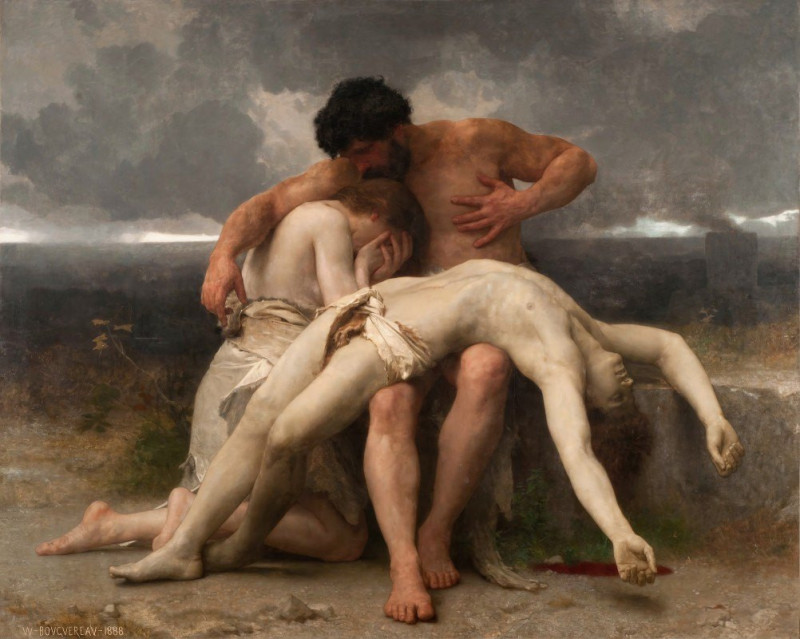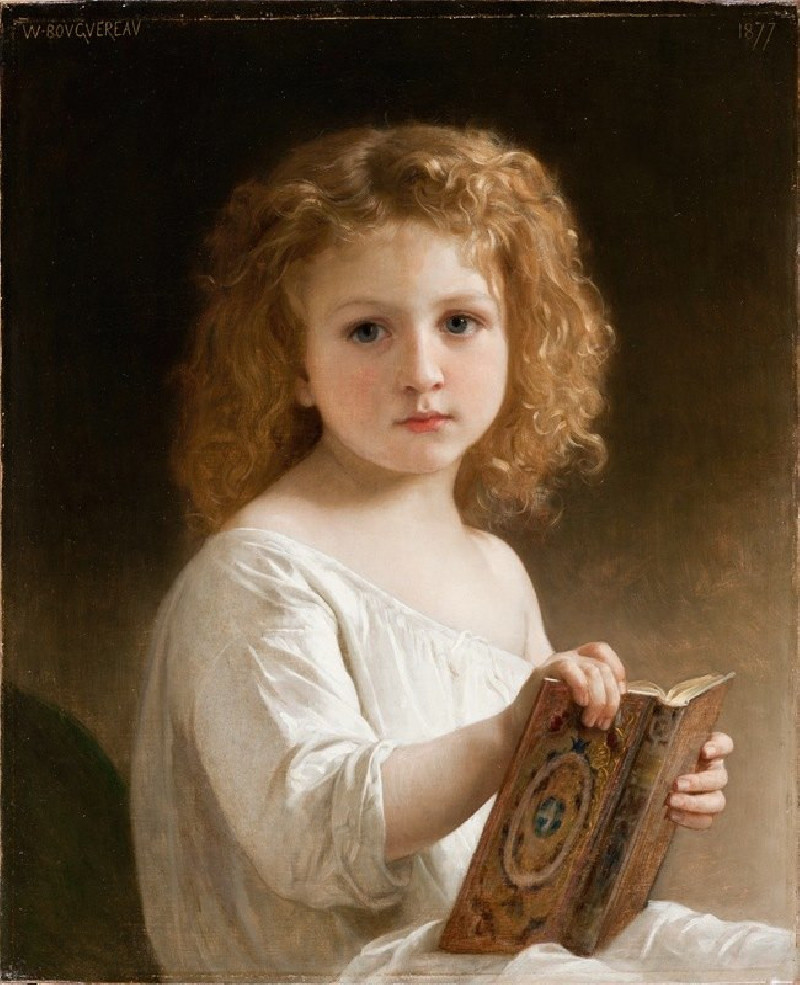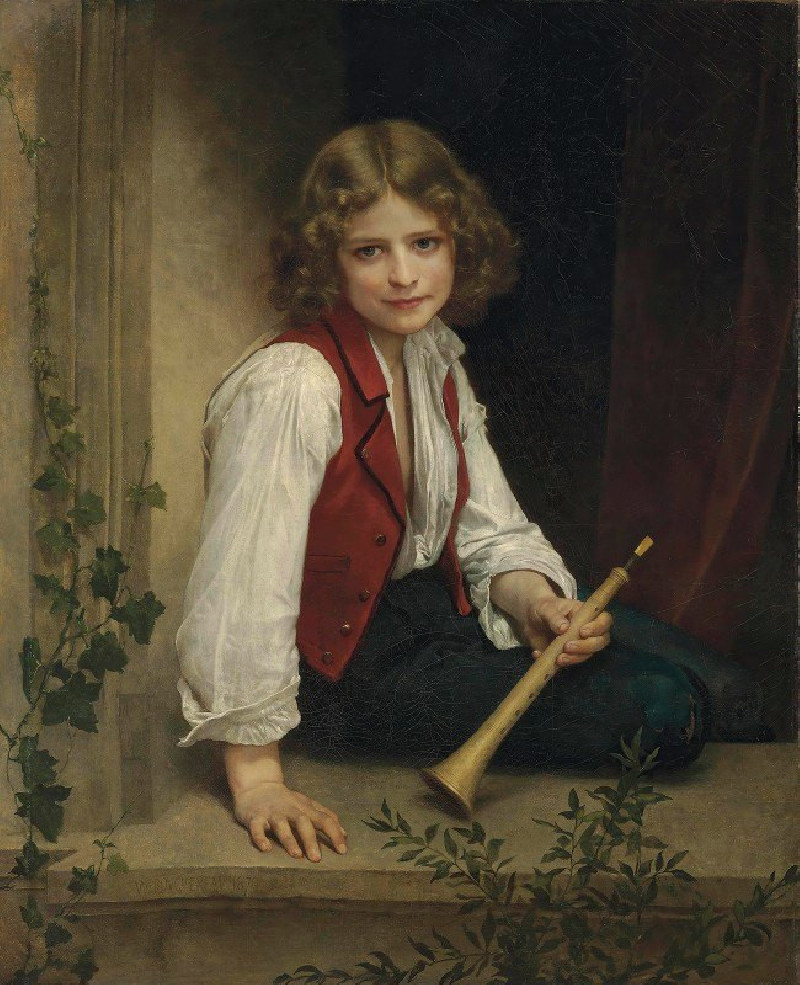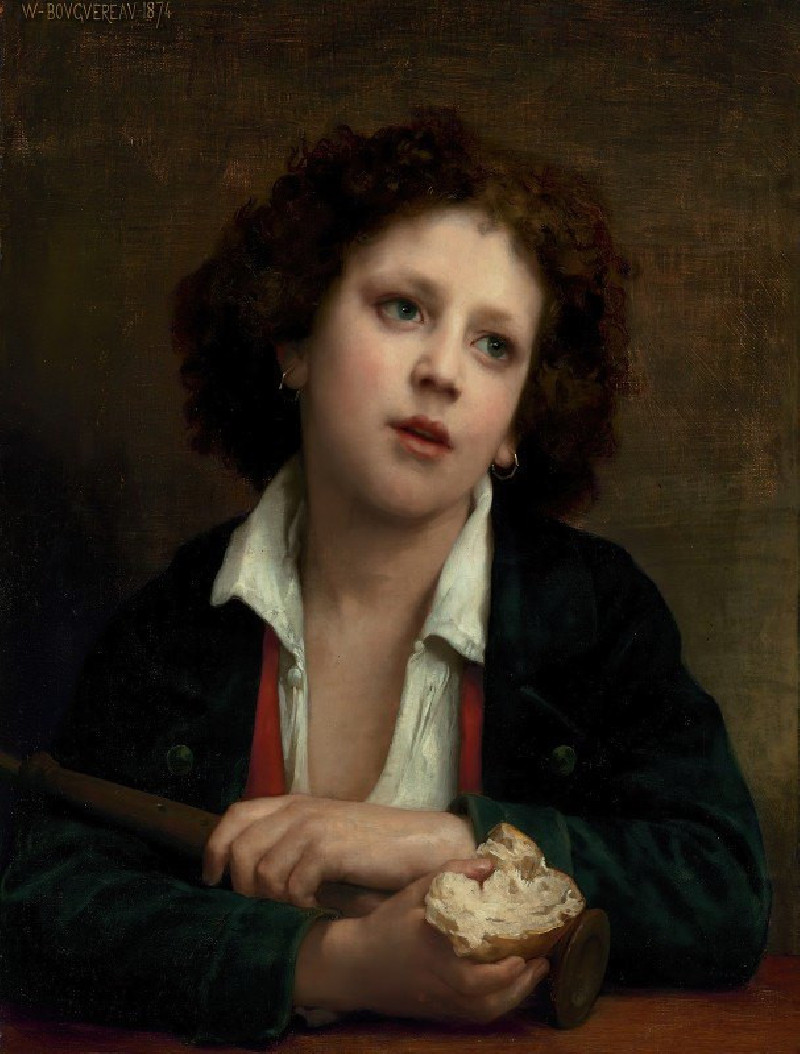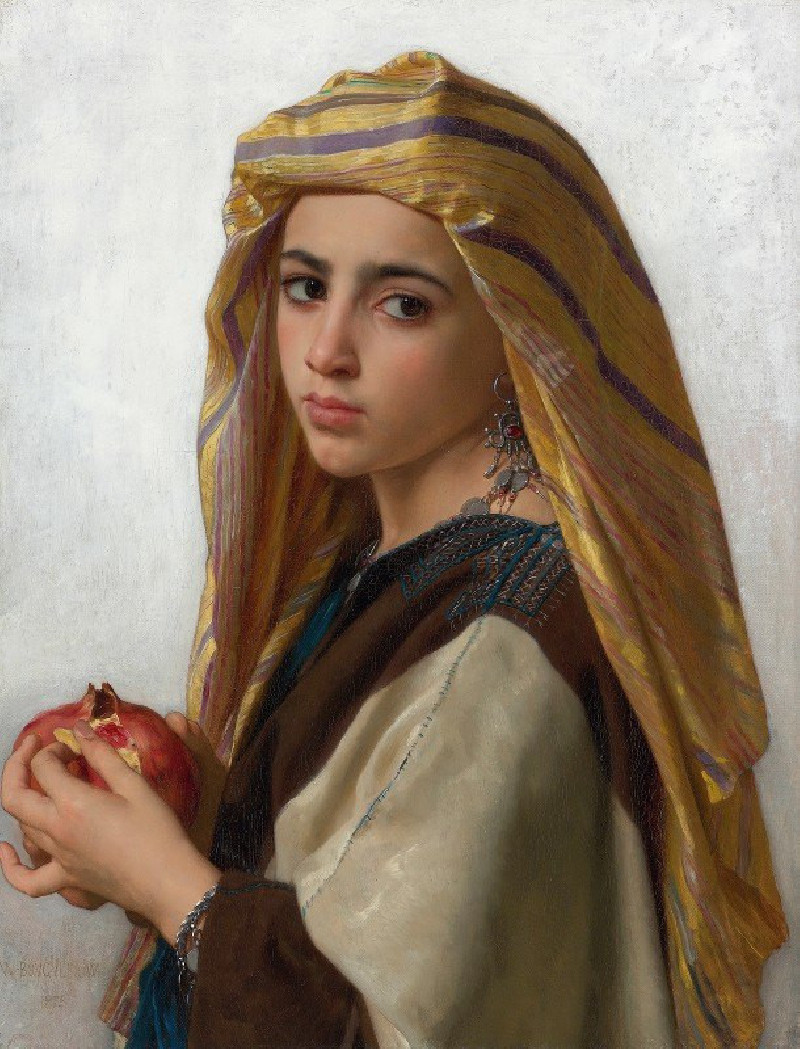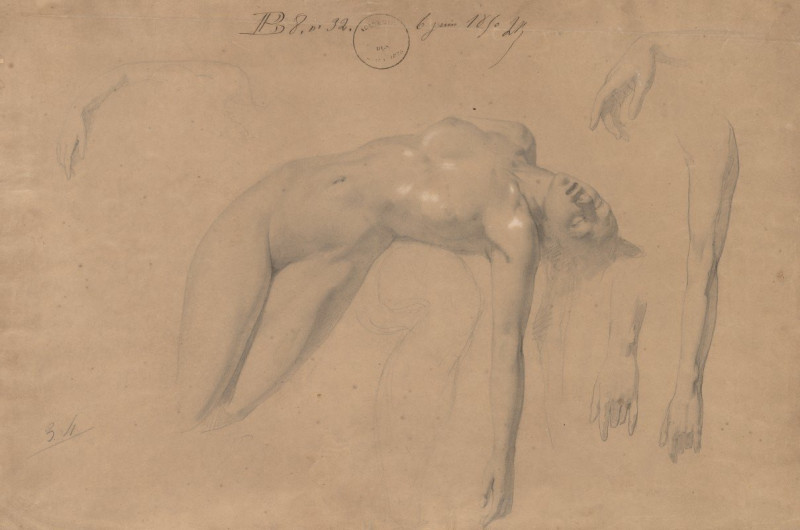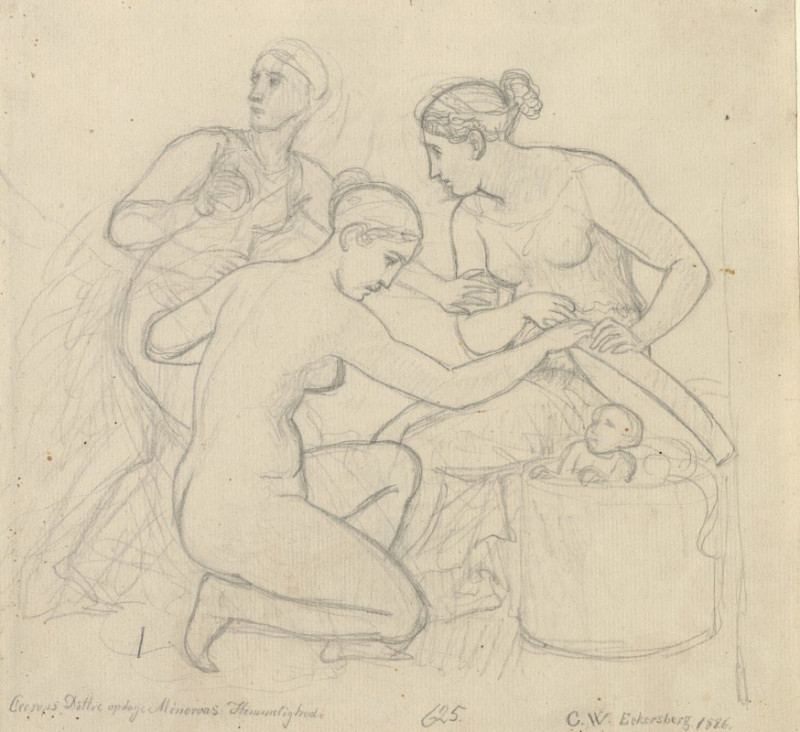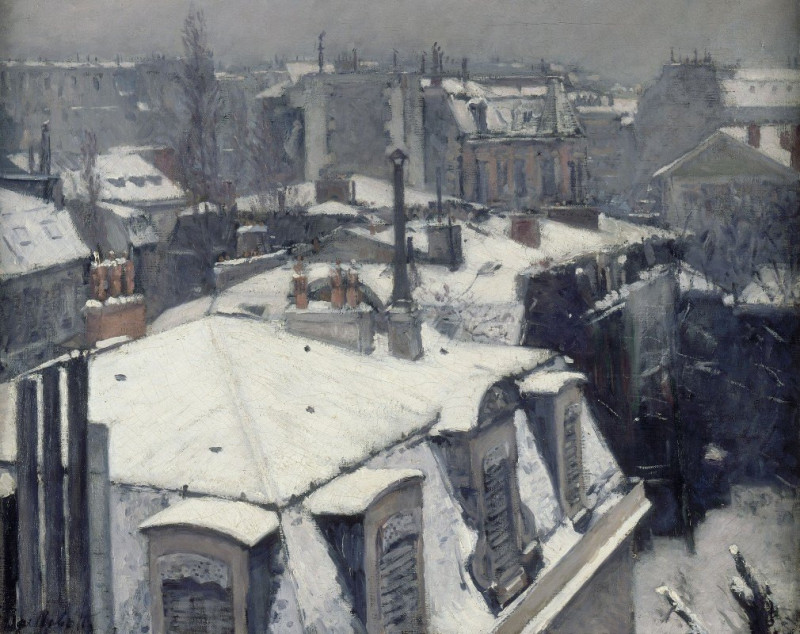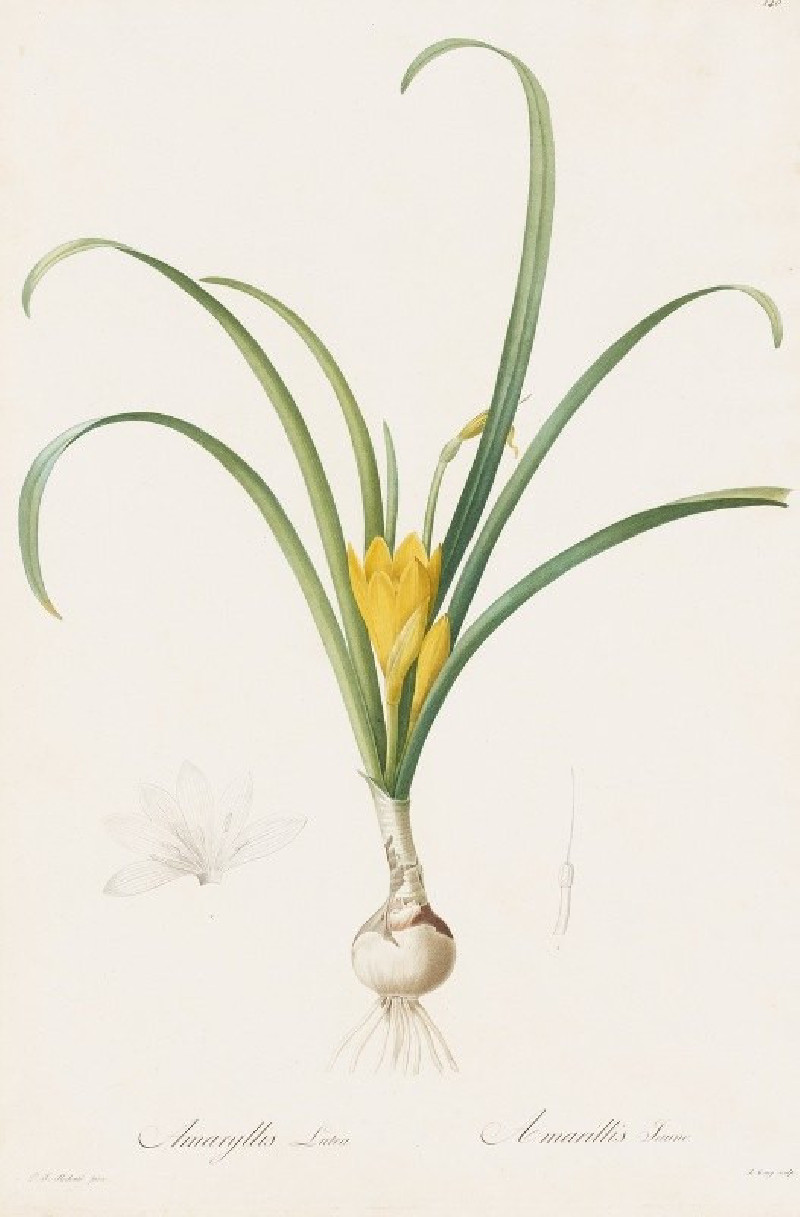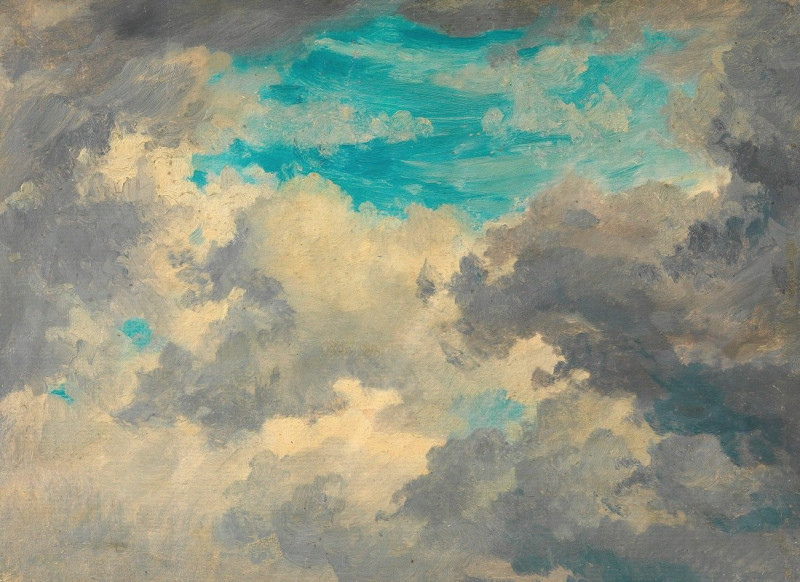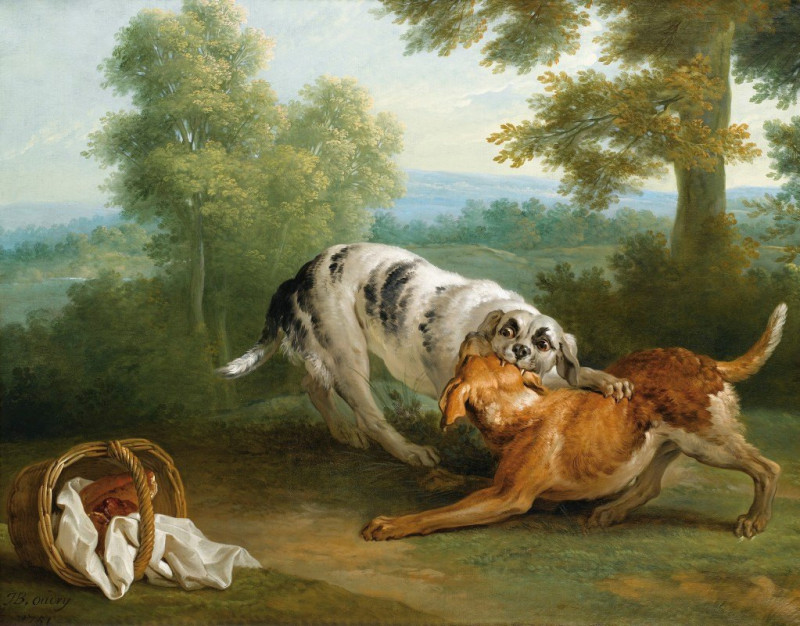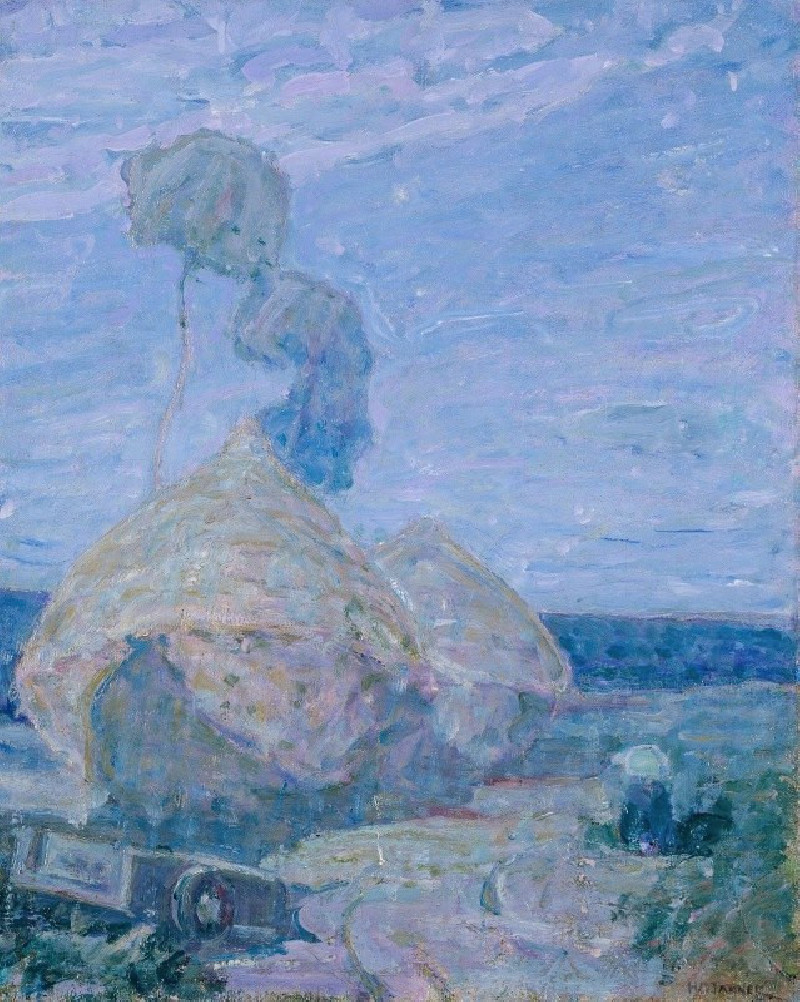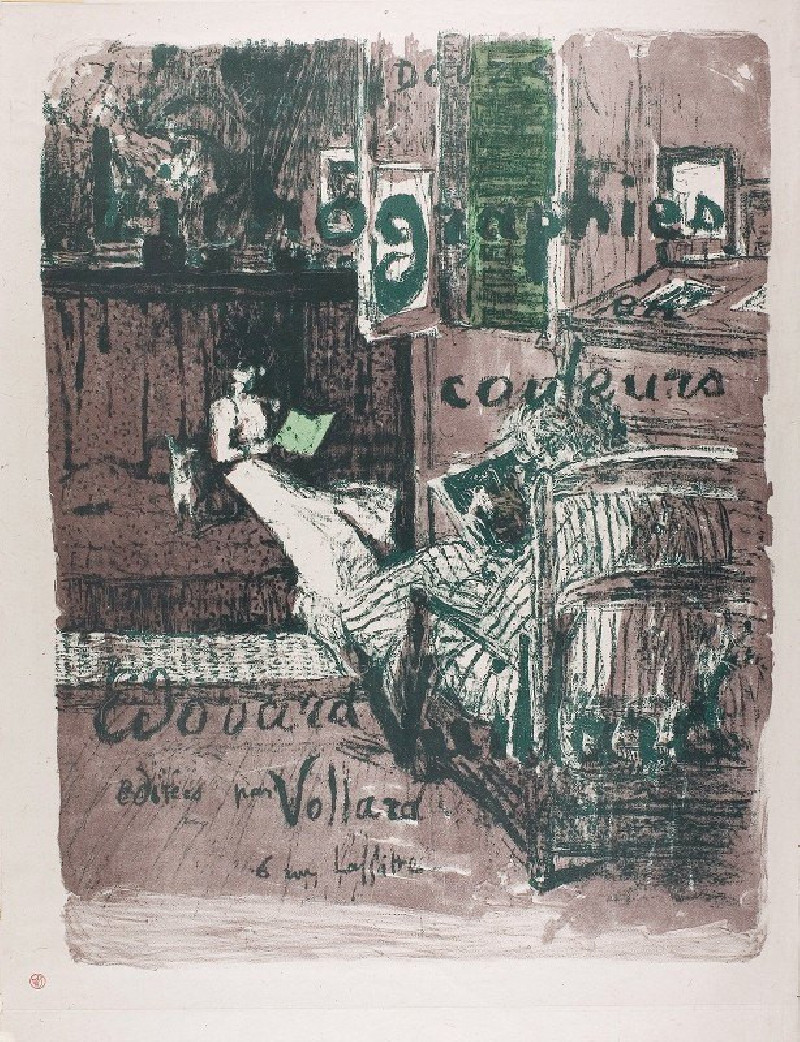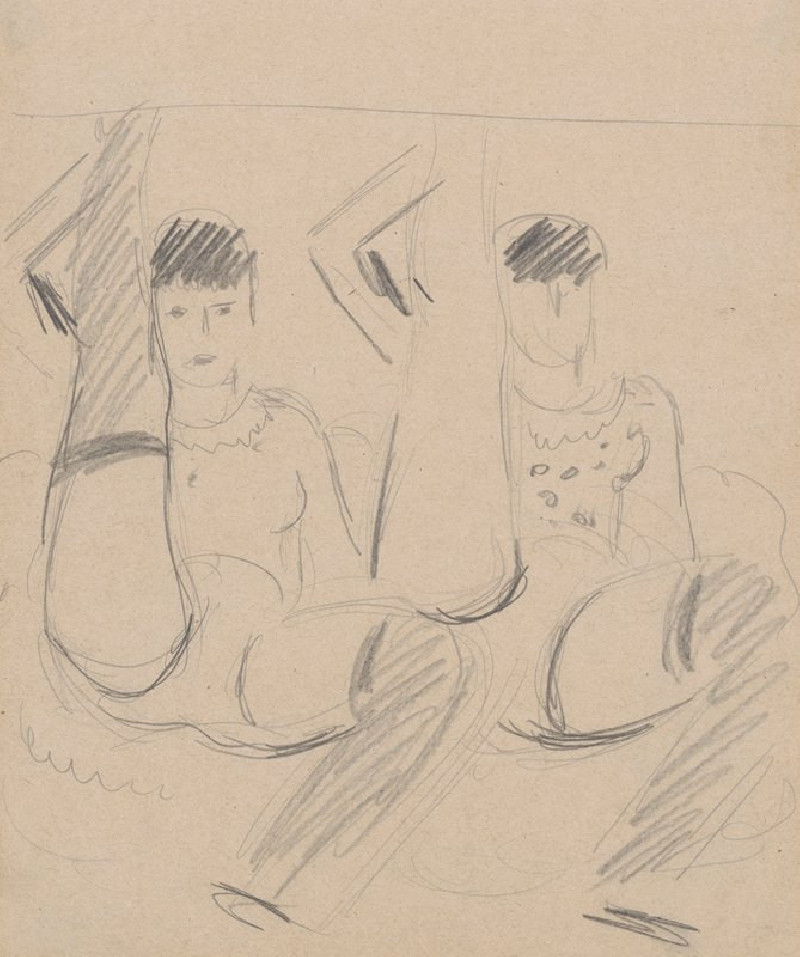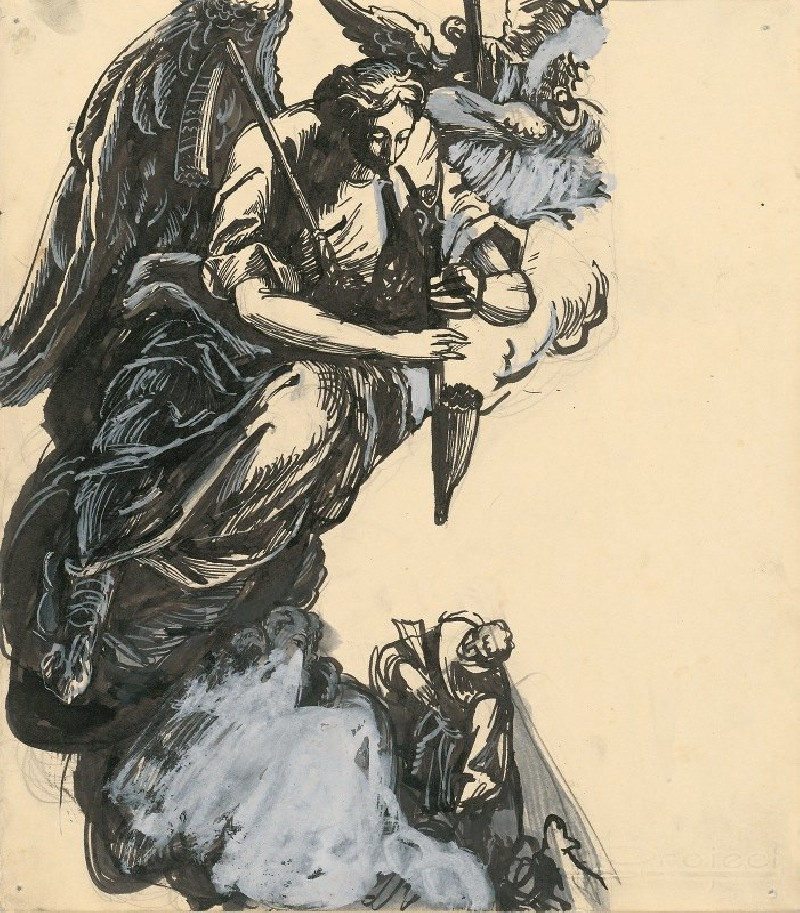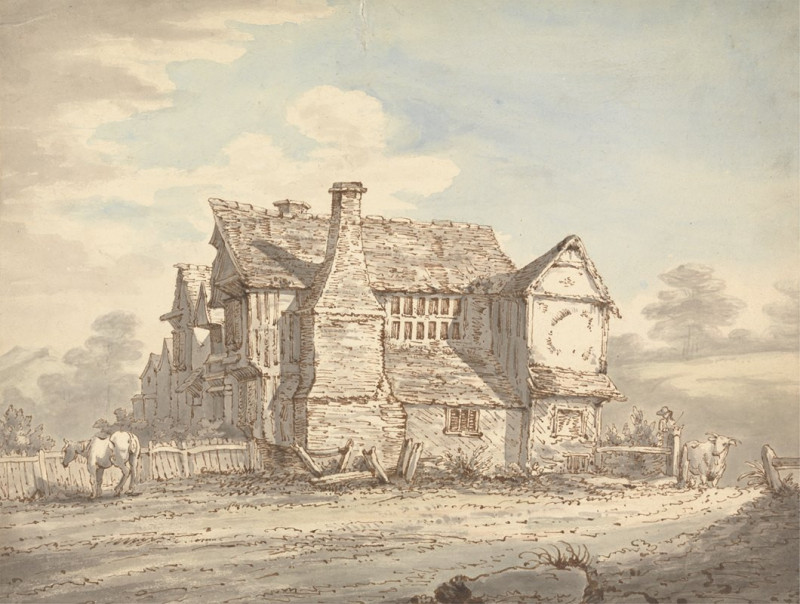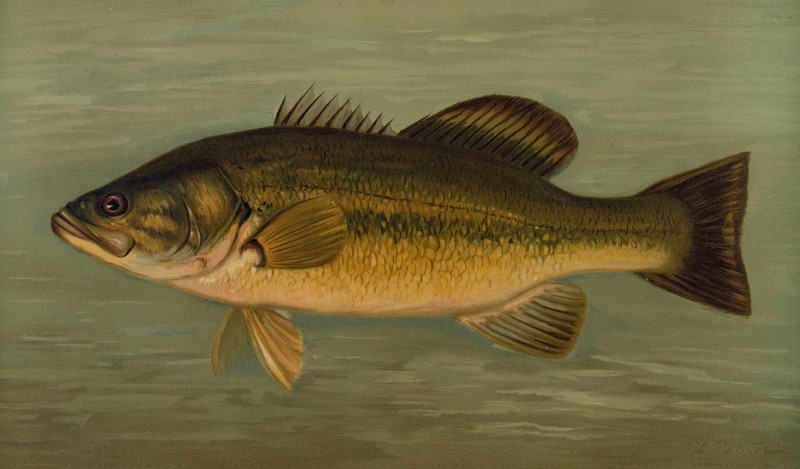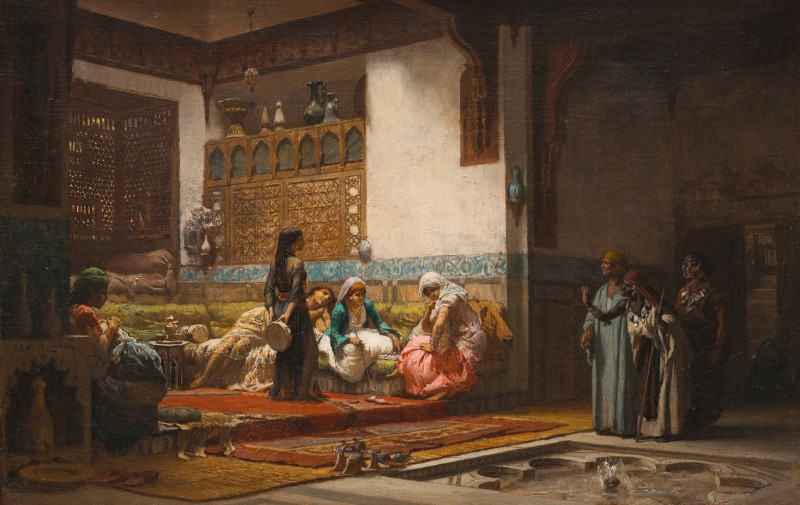Dante and Virgil in Hell (1850)
Technique: Giclée quality print
Recommended by our customers
More about this artwork
William Bouguereau’s dramatic painting "Dante and Virgil in Hell" depicts a powerful scene inspired by the literary masterpiece, Dante Alighieri’s "Inferno," the first part of the Divine Comedy. Bouguereau, a French academic painter, was renowned for his realistic genre paintings and ability to capture the human form with profound detail.In this painting, the focal point is a fierce physical altercation between two condemned souls in the depths of hell. Their bodies, exquisitely modeled, tense with the struggle and the pain of their eternal damned state. On the left, enveloped in shadow and observing the scene, are Dante, dressed in a red cowl, and his guide Virgil, wearing a laurel crown signifying his poetic status. They stand detached, their expressions a mix of fascination and horror, bearing witness to the relentless punishment meted out in the inferno.The surrounding environment, suffused with a fiery glow, hints at the unbearable heat and the abysmal surroundings of hell as described in the Divine Comedy. Above the struggling pair, grotesque demons leer with glee, underscoring the cruel delight that the infernal beings take in the suffering of the souls.This painting is not merely a visual representation but a stirring depiction that captures the essence of Dante’s allegorical narrative.
Delivery
Returns
William-Adolphe Bouguereau was a French academic painter. In paintings of the realistic genre, he used mythological themes, modern interpretation of classical themes, emphasizing the female human body. During his lifetime, he achieved great popularity in France and the United States, was awarded many official honors, and sold his works for top prices. In the early twentieth century, Bouguereau and his art disappeared from the public eye, partly due to its changing artistic tastes. A resurgence of interest in figurative painting in the 1980s led to a rediscovery of Bouguereau and his work. He completed 822 known paintings, but the whereabouts of many are still unknown.

